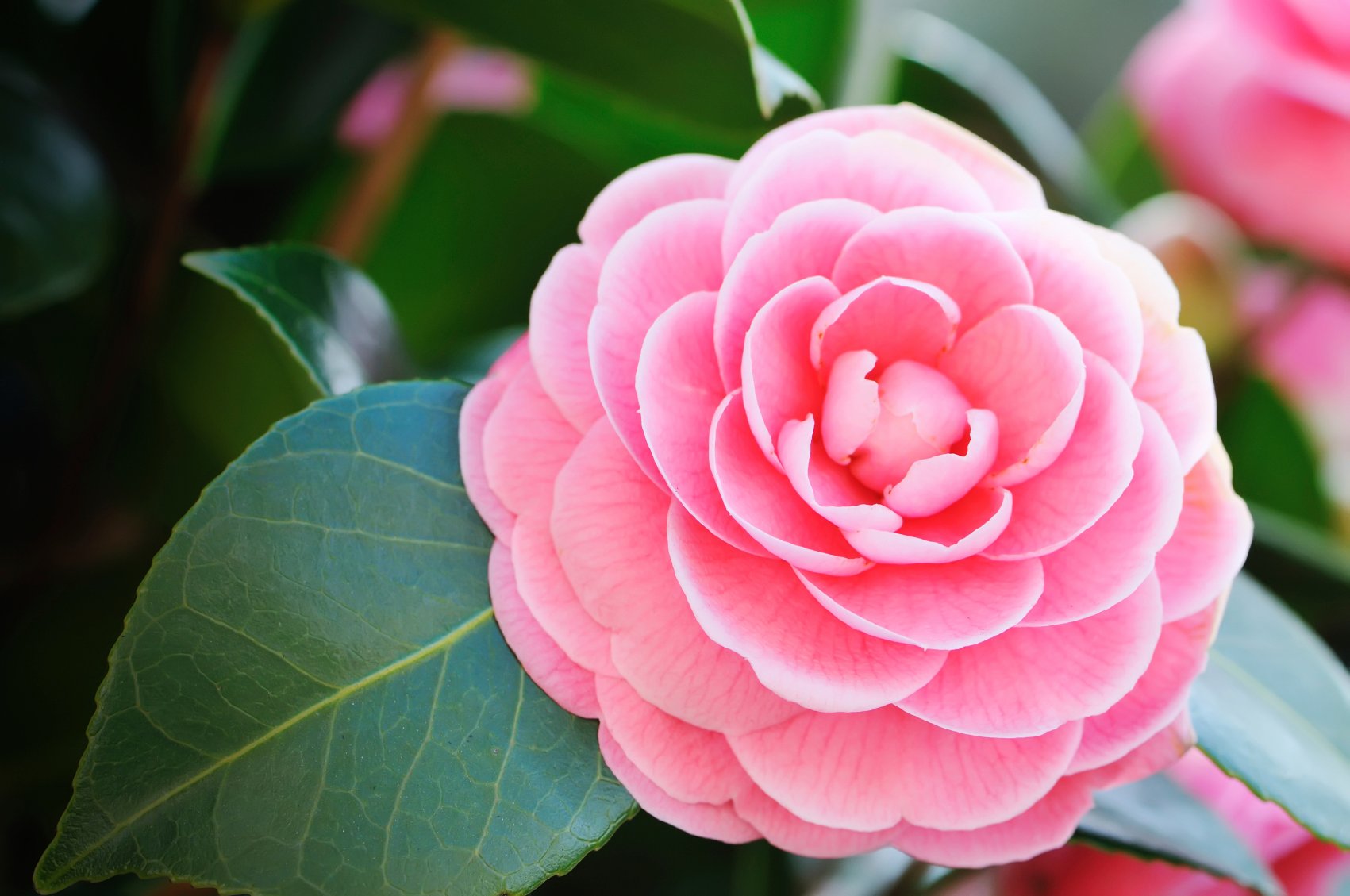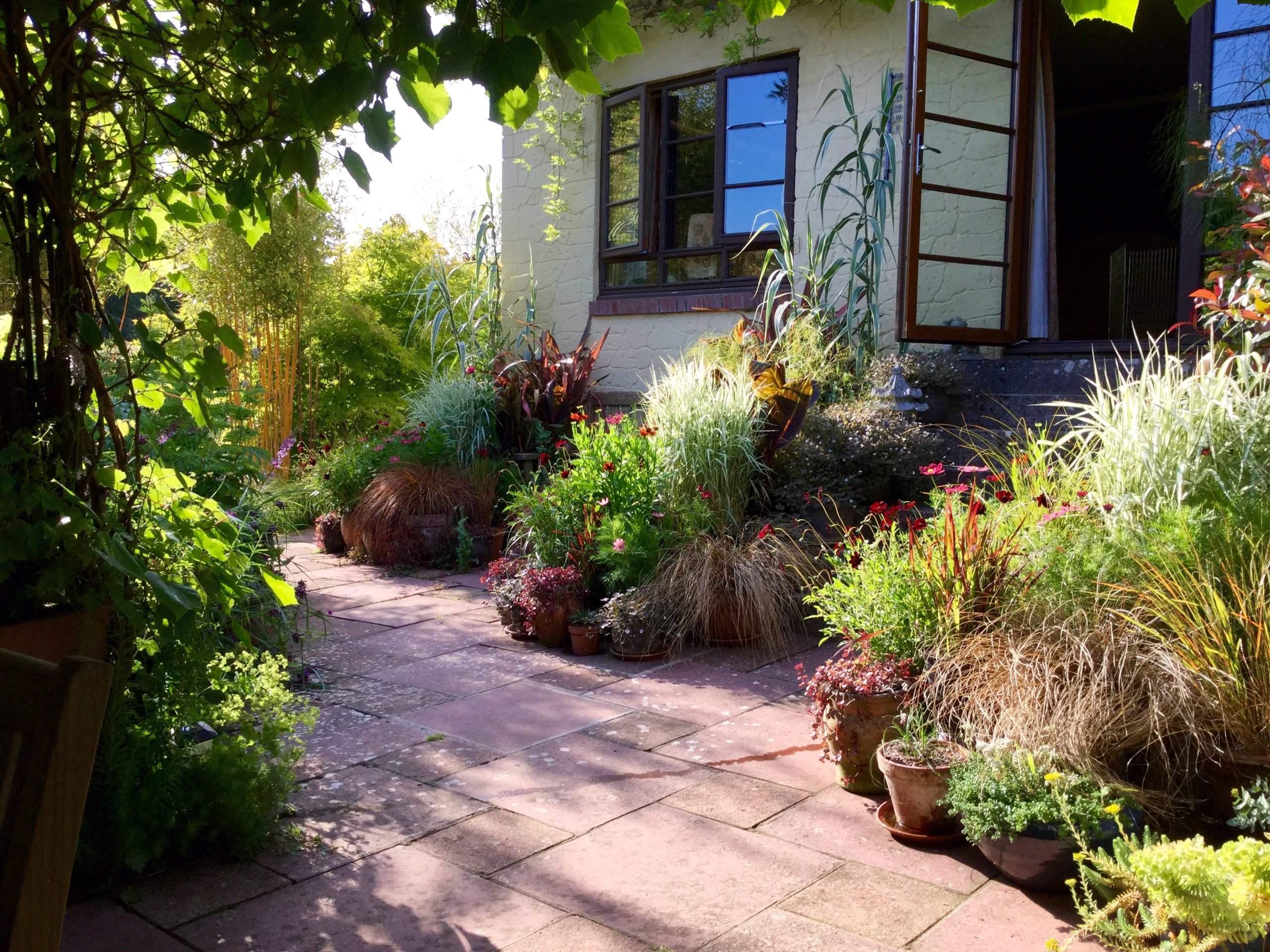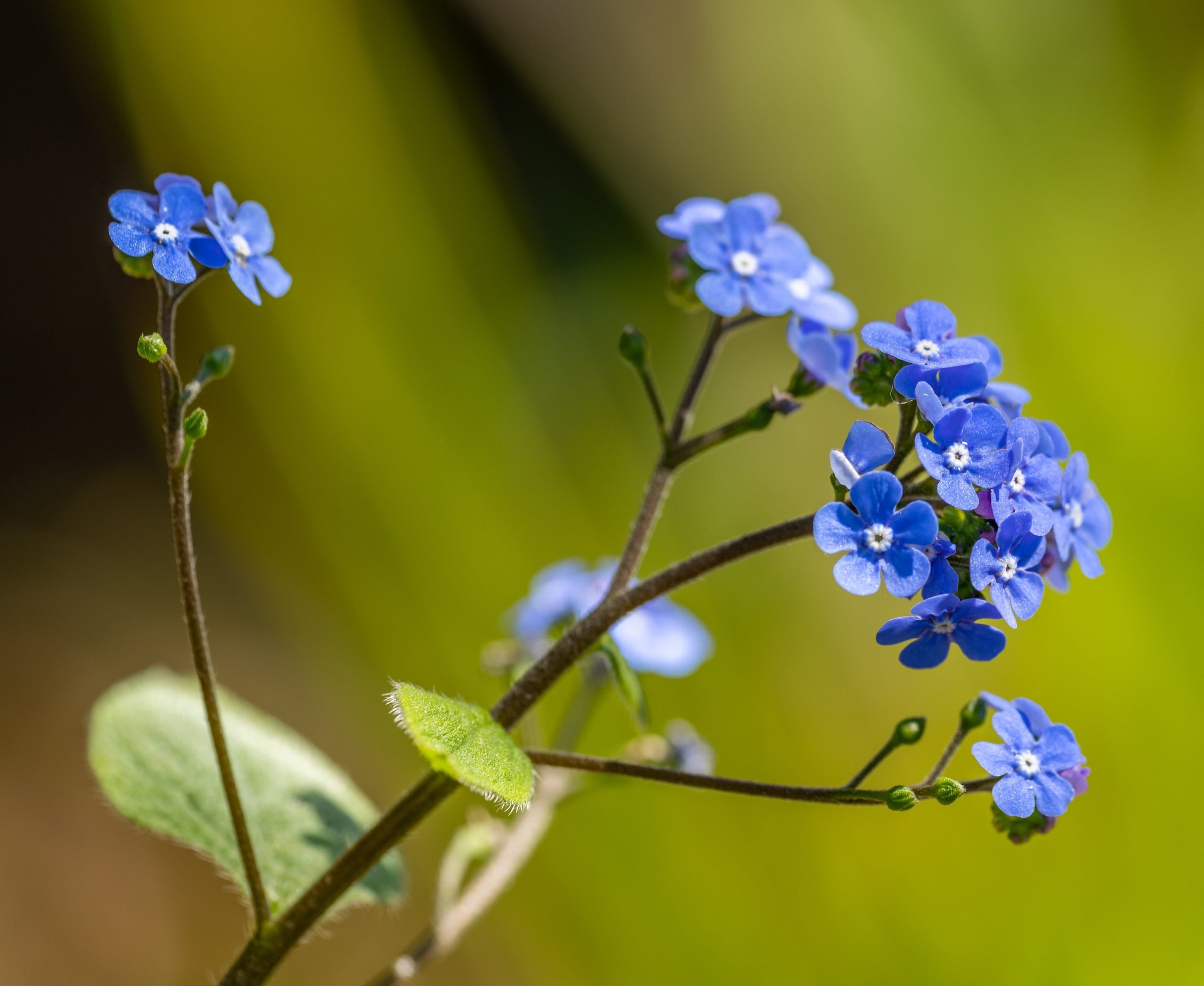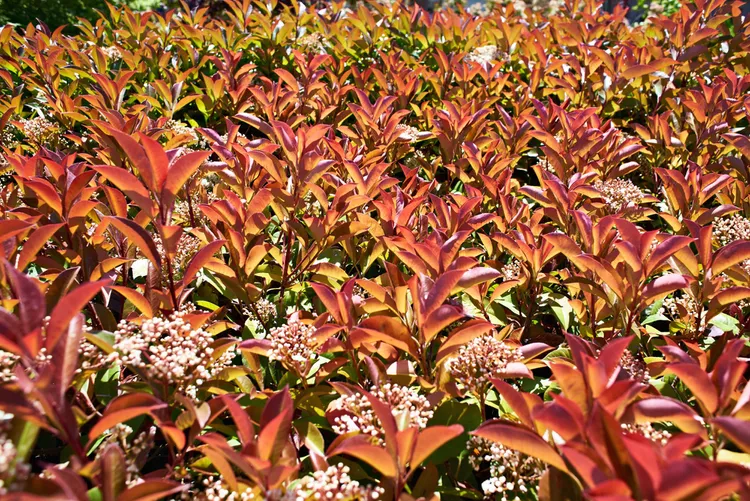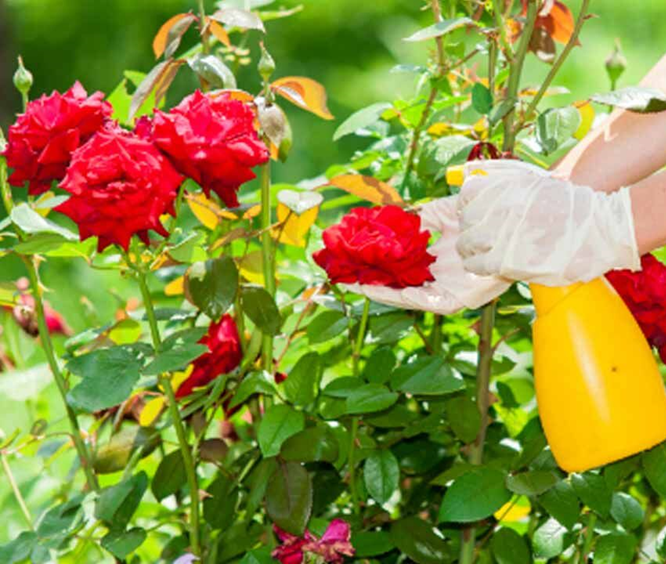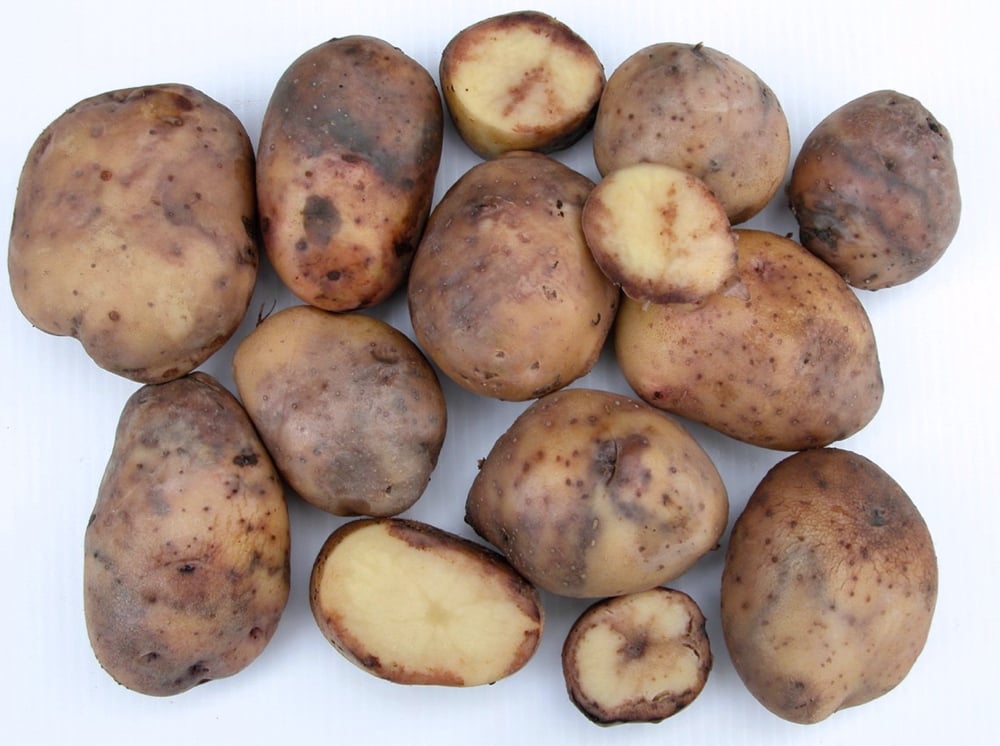Step-By-Step Instructions For Growing Gladiolus In Pots
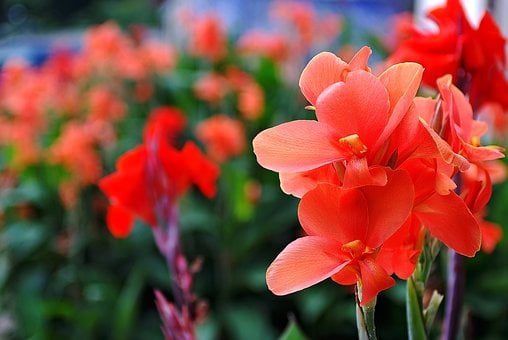
Table of Contents
Gladiolus is one of the unique trumpet-shaped flowers that can be grown by sowing corms or bulbs at home. These beautiful flowers are indigenous to Asia, Mediterranean Europe, South Africa, and even tropical Africa. Also referred to as the Sword Lily, these plants can reach a height of 6 feet or 2 meters which makes several people wonder how these particular plants be grown at home.
Well, for those who want to add some colour to their yard and perk up their homes a little but do not have much space in their yards, Here are a few simple instructions for planting gladiolus in pots.
1. Prepare a Pot that Drains Well
For planting gladiolus in pots, purchase a pot that has a good drainage mechanism, for we do not want the gladiolus roots to rot in stagnant water. The pot must have a hole at the base so that all the excess water can flow out. Another way of keeping your soil moist is to buy a terracotta pot or clay instead of a plastic one, as an earthen pot is good at retaining moisture, especially during summer.
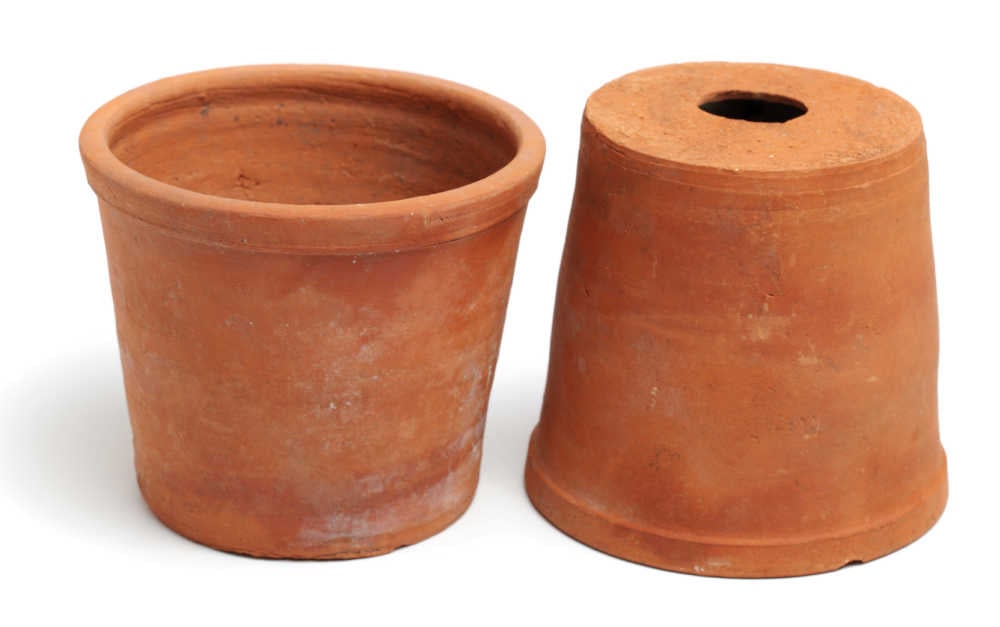
To ensure that all the excess water is soaked up, add a layer of pebbles or add polystyrene pieces at the bottom of the pot. On top of this layer, add a thick layer of soil in which you will sow your corms.
2. Use the Right-Sized Pot
For proper growth of a plant, make sure that the pot is right-sized and big enough for the roots to spread and grow properly. Make sure that the selected size of the gladiolus is in proportion to the size of the pot. To sow four to six corms of gladiolus in one go, a round pot should be 12 inches wide and 11-12 inches deep.
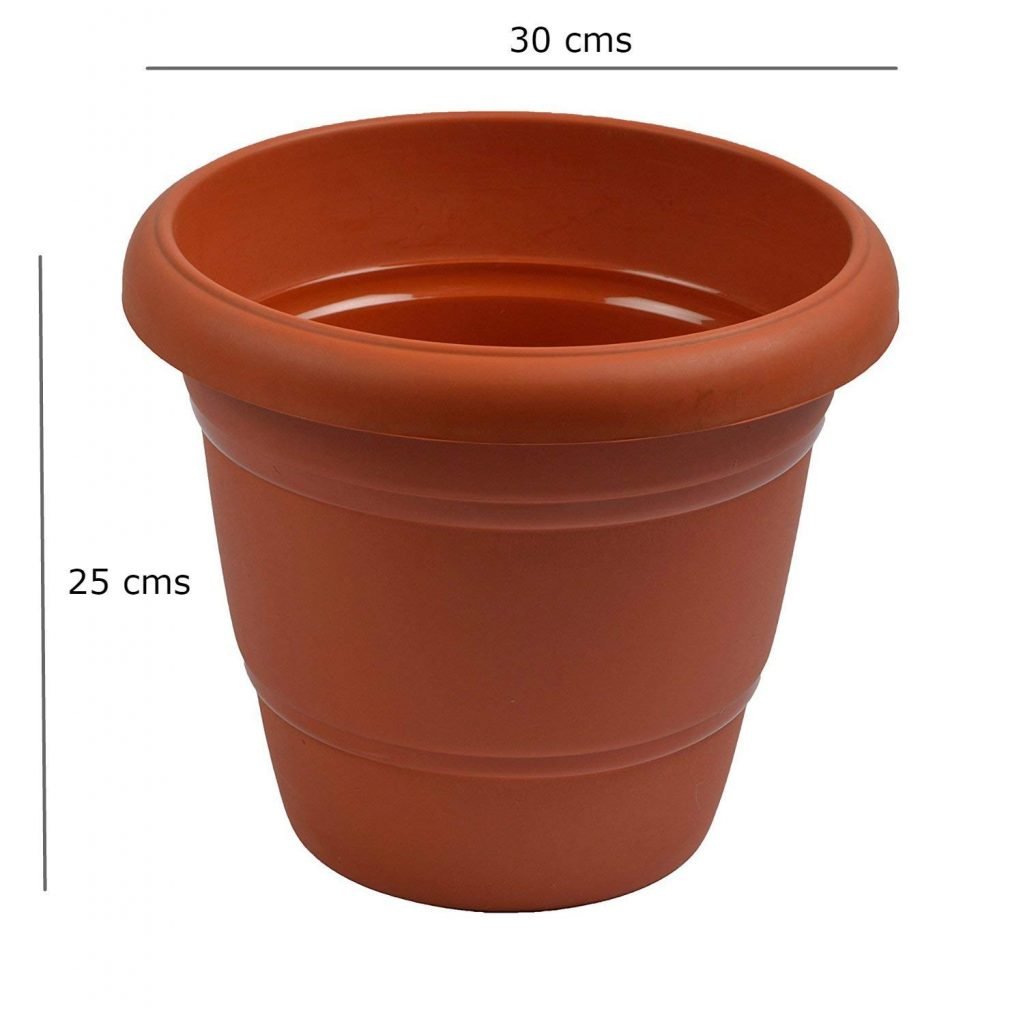
Once the pot has been lined with the drainage material of your choice, and covered with enough soil, sow your bulbs in an orderly fashion with proper spacing and cover them with moist soil. Proper spacing is vital for the proper growth of the plant. Otherwise, the growth of the plant could be stunted. In case you have selected a tall variety of gladiolus, make sure you use support. Dig the support into the plant while sowing the corms so that the roots are not disturbed later on.
3. Select the Right Soil
Soil is a storehouse of nutrition for a plant. Some people soak their corms in warm water before sowing them, for it leads to better absorption of nutrients from the soil. If the soil is not taken care of, the plant will consequently suffer because of it. The gladiolus plant needs organically rich and well-drained soil. The sandy, loamy potting soil retains enough moisture and is a great option for it has a pH of 6.0 to 6.5. To improve the quality of the potting soil, add some slow-release, all-purpose fertiliser. Do feel free to add some compost and bone meal. This will ensure that phosphorus levels remain stable and your roots become strong.
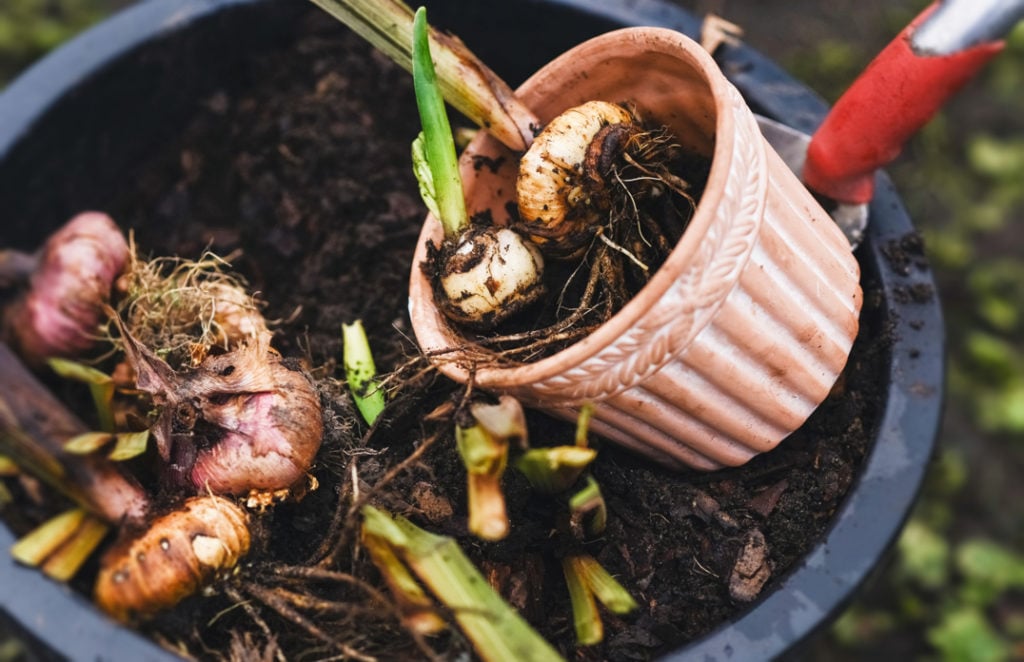
For the soil to remain soft, prevent it from drying out, and protect your plant from weeds, you can spread a layer of pine needles or even a layer of straw three inches thick.
4. Be Careful While Planting Gladiolus Bulbs in Pots
While sowing the corms, proper spacing is important for the growth of roots. Sow the corms flat side down, place them 3-6 inches deep into the pot and 2-3 inches apart. Then cover the corms with 3 to 5 inches of soil. By doing this, you will be providing ample space for the plant to spread out. Once the bulbs have been sown, complete the process by watering the plant generously so that the soil surrounding the bulbs settles down properly.
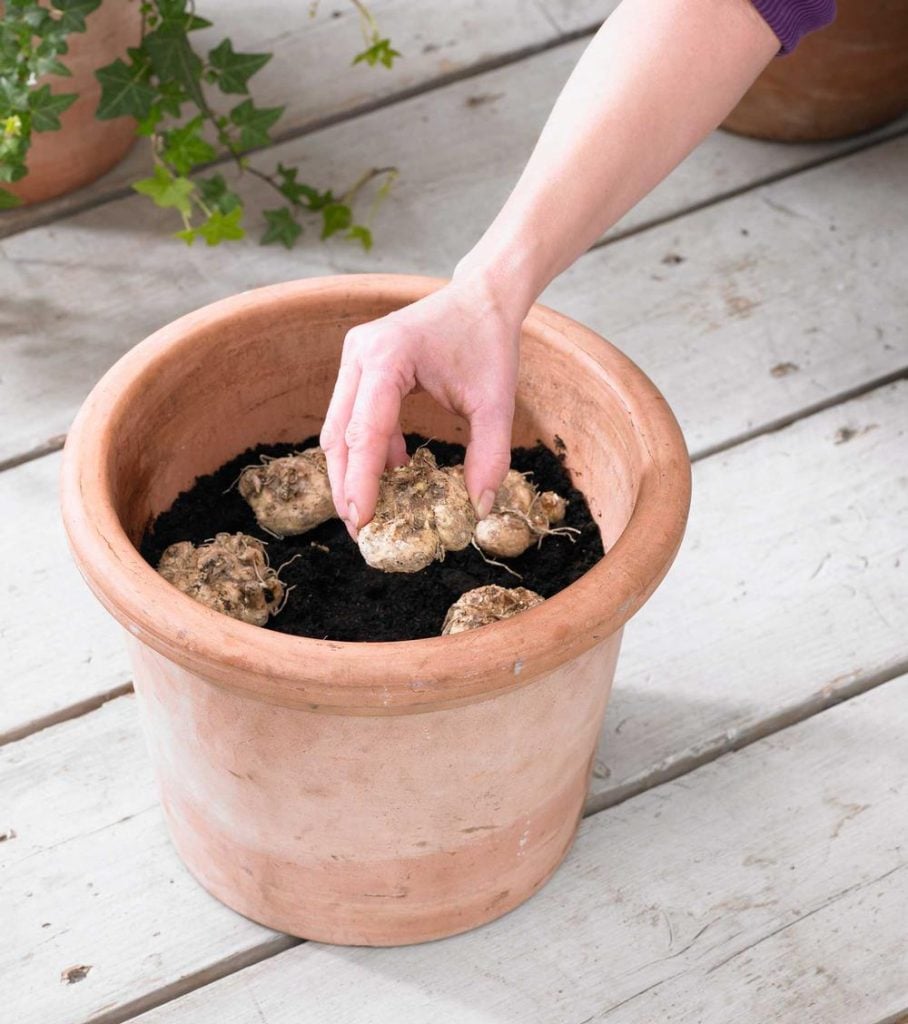
To maintain the continuity of the bloom, plant, gardeners usually plant the seeds two weeks apart. Shift the plant to a well-lit spot. At this stage, the leaves start sprouting, and 6 hours of sunlight is of utmost importance for the flowers to bloom nicely. Make sure that the plant is placed in a sheltered area where it does not have to face strong winds. Glads take their own time to grow and bloom. You can expect them to take 70 to 90 days to turn into a full-fledged plant.
5. Correct Watering Technique
Once the pots are prepared and the corms are covered with compost, keep the plants in a cool, dry spot. Use a sprinkler to water the plant evenly and in a uniform fashion. Over-watering the plant is not an option because that might cause the bulbs to rot. Therefore, water the plants once every morning to keep the soil moist, which will help the plant absorb nutrients for healthy growth. If you have added gravel at the bottom of the pot or the pot has a hole at the base for the excess water to flow out, water logging should not be a problem.
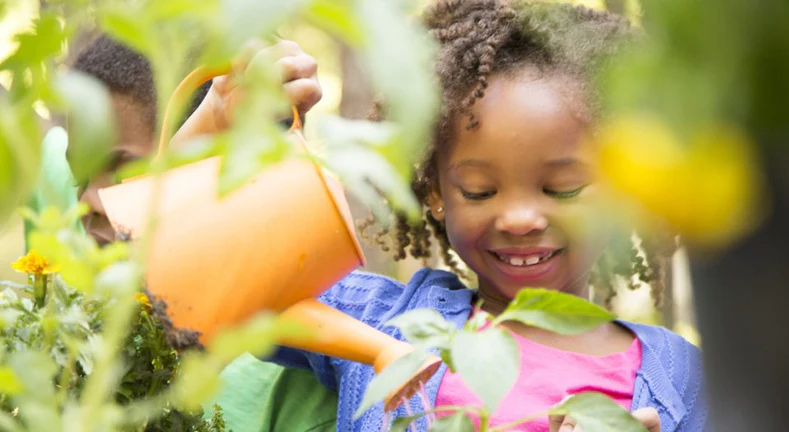
Watering the plant properly once or twice a week at regular intervals is better than slightly splashing water on the plant every day. Once the plants receive the first shower, roots and stems will be clearly visible as they begin to grow. Water plays a major role in maintaining the temperature as well as the texture of the soil. The pH level of the soil remains well-balanced if the plant is watered consistently.
Caring for The Fully-Grown Bloom
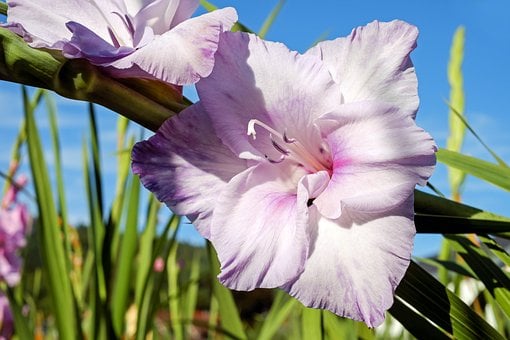
Caring for the fully grown plant is an extremely important exercise to maintain the appearance of the plant. To do so, remove the deadheads to encourage the plant to produce new flowers. To avoid competition for nutrients, remove any kind of weed that could be growing in the vicinity of the plant. Since gladiolus requires staking, feel free to use twine or a cane to keep the shoots upright.
If your gladiolus has stopped blooming, do not remove the foliage because the leaves continue the process of producing food stored in the corm for the next season. Trim the plant to a height of two inches when the leaves start turning yellow and brown before they dry out altogether.
All kinds of plants are susceptible to infections. Therefore, pruning any part that looks infected is a smart idea. Not cutting off the damaged area can make the whole plant more vulnerable to pests, infections, or diseases. Once the season is over, remove the dead foliage and dig up the bulb before the earth settles on them. The bulbs must be stored in a cool, dry place so that they are ready for the next season.
The growth of a plant is influenced by internal as well as many external factors as well. For the healthy growth of the gladiolus plant, Here are a few tips that can ensure that your plant blooms properly:
1. Grow Your Gladiolus at The Right Temperature
Spring season is the best time to start planting gladiolus bulbs in pots. In the spring season, the temperature of the soil is 13°C or 55° F, which is ideal for the corms to grow in. You can start the planting process as soon as the frost and winters come to an end. Since they are sun-loving plants, a healthy gladiolus plant needs at least 6 hours of sunlight to bloom beautifully.
2. Cutting Your Gladiolus at Right Time
Since a gladiolus has long stems, they are ideal to be a part of a bouquet. To gift them to someone special, cut off the stocks either after sunset or before dawn when the stalks are filled with water, and the temperature is low. To delay their withering, avoid cutting them at midday because the heat at noon can be stressful to plants. The shoots must be cut off at an angle of 45° with a clean, sharp knife. Always carry a pale of lukewarm water for the stocks. It is advisable to select a stock with a few flowers that have not bloomed and leave these stocks as it is in a cool, dry place before arranging them in a vase.
The gladiolus plants, when planted in a pot, can be placed on a garden island in such a way that it adds drama to the whole place. These plants give height to the arrangement allowing it to look more impressive, and can also provide a colour contrast to the arrangement if they are planted with other flowers that bloom during the same period. Since these plants are quite tall, they can guard against stray animals, enhance privacy and also add to the beauty of the garden.
Conclusion
The gladiolus plants, when planted in pots, bloom for a week or two at the most. The lower buds on the stocks bloom before the ones that are on the upper part of the stock. The flower symbolises the strength of mind and character, loyalty, moral excellence, and perseverance. The plant belongs to the iris, which has over 200 species. The long tubular blossoms and elongated pointed leaves were once a staple in funeral bouquets as the robust stems made it easier for the florists to arrange them properly, and due to the sturdiness of the plant, it was able to hold its shape for hours together.
Do not shy away from sharing your ideas or techniques other than the ones mentioned in the article to make your gladioluses healthier and prettier.

